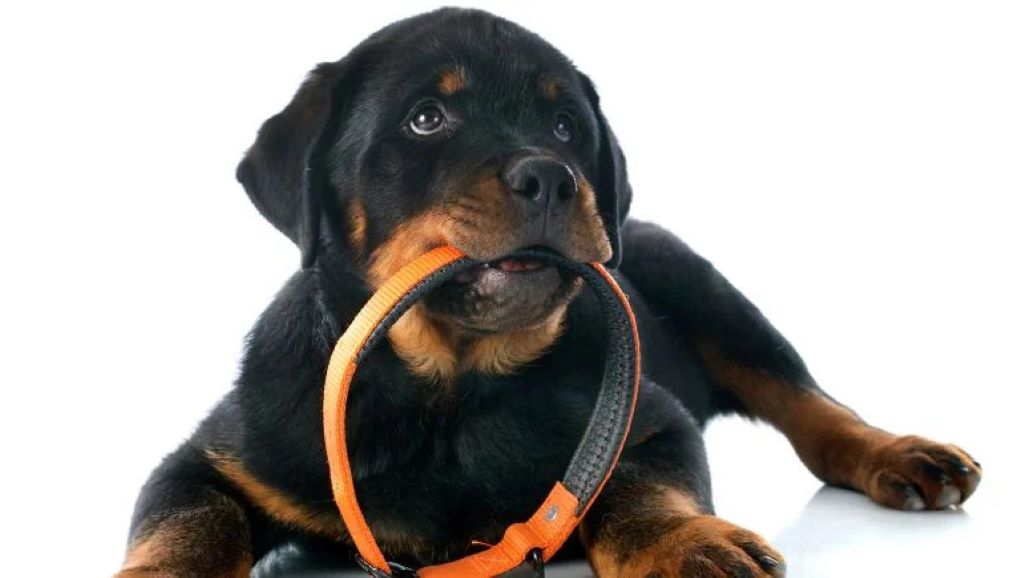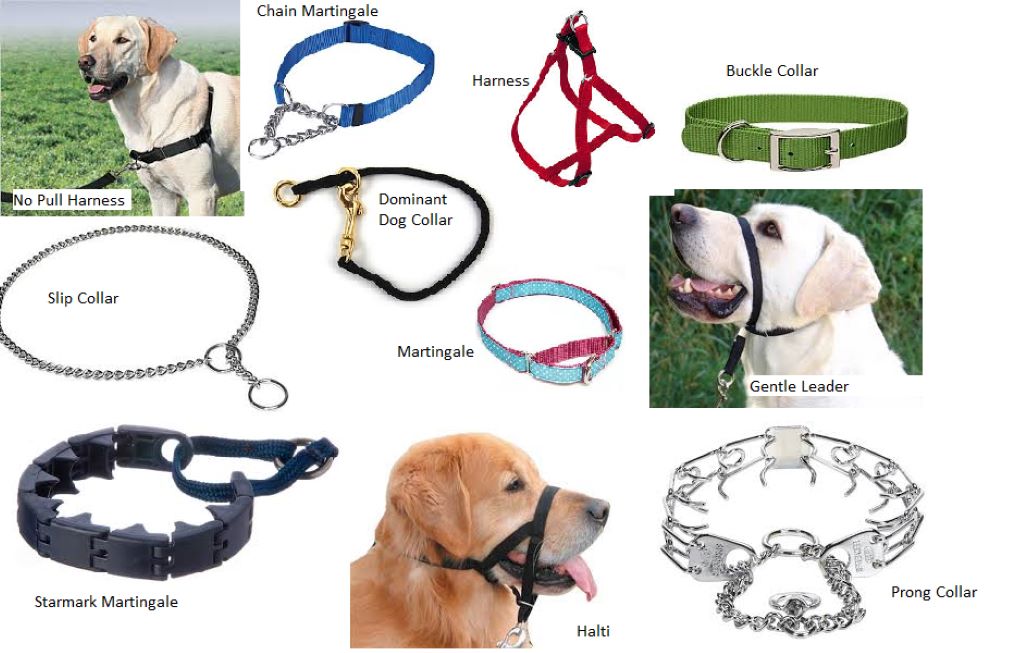Identification collars are an essential tool for pet safety. They provide crucial information in case your furry friend ever gets lost. However, using them incorrectly can undermine their purpose. This article aims to highlight common mistakes pet owners make with identification collars and how to avoid them, ensuring your pet’s safety and peace of mind.
Mistake 1: Incorrect Information
One of the most common mistakes is engraving outdated or incorrect information on the collar tag. This could be an old phone number, an incorrect address, or even the wrong pet’s name. Always double-check the information you are engraving to ensure accuracy.
Mistake 2: Illegible Information
The engraving should be clear, concise, and easy to read. If the information is too small or unclear, it might be useless in an emergency. Choose a font that is easy to read, and ensure there’s enough contrast between the engraving and the tag material.
Mistake 3: Overcrowding the Tag
Avoid putting too much information on the tag. It’s tempting to include details like microchip numbers, medical conditions, or even a cute message. However, this can make the tag cluttered and difficult to read. Stick to essential information like your pet’s name, your phone number, and possibly a secondary contact number.
Mistake 4: Ignoring Collar Fit
A collar that is too tight can be uncomfortable and even dangerous for your pet. It can restrict their breathing or cause skin irritation. On the other hand, a collar that is too loose can easily slip off, defeating its purpose. Regularly check the fit of your pet’s collar and adjust it as they grow.
Mistake 5: Neglecting Collar Maintenance

Identification collars are not indestructible. The tag can get scratched, the engraving can fade, and the collar itself can wear out over time. Regularly inspect the collar for any signs of damage and replace it when necessary.
Mistake 6: Relying Solely on Collars
While identification collars are essential, they should not be the only form of identification for your pet. Microchipping is a more permanent solution that cannot be lost or removed. Consider both for maximum protection.
Mistake 7: Choosing the Wrong Collar Type
Different types of collars are designed for different purposes. Some are better for training, while others are more suitable for everyday wear. Choose a collar that is comfortable for your pet and appropriate for their lifestyle.
Mistake 8: Not Updating Collar Information
Your contact information might change over time, so it’s important to update your pet’s collar tag accordingly. Make it a habit to check the information regularly and update it as needed.
Beyond the Basics: Additional Tips
- Consider QR code tags: These tags can store more information than traditional tags and can be scanned with a smartphone.
- Choose durable materials: Opt for tags made of stainless steel or other durable materials to prevent them from getting scratched or damaged.
- Personalize the collar: Add a personal touch to your pet’s collar with a cute charm or pendant. This can also help make them more easily identifiable.
By avoiding these common mistakes and following the additional tips, you can ensure that your pet’s identification collar serves its purpose effectively, providing you with peace of mind knowing that your furry friend is protected.
Remember, identification collars are not just accessories; they are a vital part of your pet’s safety. Use them responsibly and update them regularly to keep your beloved companion safe and sound.



